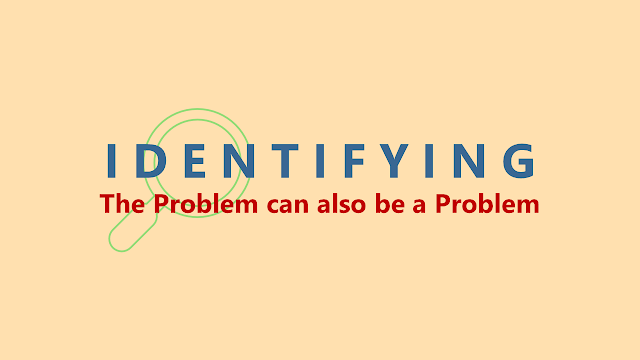How can ‘Goliaths’ take on ‘Davids’?
In today’s era, the number of ‘Davids’ (start-ups) of the business world and continuing to rise and challenge the ‘Goliaths’ (established companies, pre-dominantly corporates).
Broadly, the modern day ‘Goliaths’ can be categorised into three types:
Type A: The ones that considered themselves
invincible have either perished or are experiencing slow down. The names of
Kodak, Nokia etc. come up often in such contexts.
Type B: The ones that have now at least become aware
of the challenges and are attempting to find ways of dealing with these.
Type C: The ones who seem to have currently found
ways of not just surviving but even thriving amongst these ‘Davids’. The names
of Apple, Google, 3M etc. come up often in such contexts.
Typically, the Type B are the largest in number and there is a lot that they can learn from Type A and C.
The generic factors stacked-up against the ‘Goliaths’ are commonly known to all. The typical approach is also to copy what is being done either by other ‘Goliaths’ or some ‘Davids’.
However, to succeed, it is important for each ‘Goliath’ to identify the factors that are specific to them and either overcome these or tune their solutions to suit these.
As per our approach, the factors that impact the success and/or failure of dealing with such challenges are classified into the way the people collectively THINK, ACT and COMMUNICATE.
To start, please do take an
online self-assessment at our flagship offering, MyInnovationJourneyS™.
These self-assessments are meant to enable individuals and organisations
uncover various aspects of their current ways to think, act and communicate.
Based on what is uncovered, a customised and contextualised roadmap will be co-evolved along with the core team of the organisation. We can also support this core team to fine-tune the roadmap throughout the journey.
Our approach can also understood from the book, Dealing with the Mirage: Institutionalising
Innovation, the paper, ‘Breaking the
Silos’ of Innovation Methods and other articles on this Blog.



